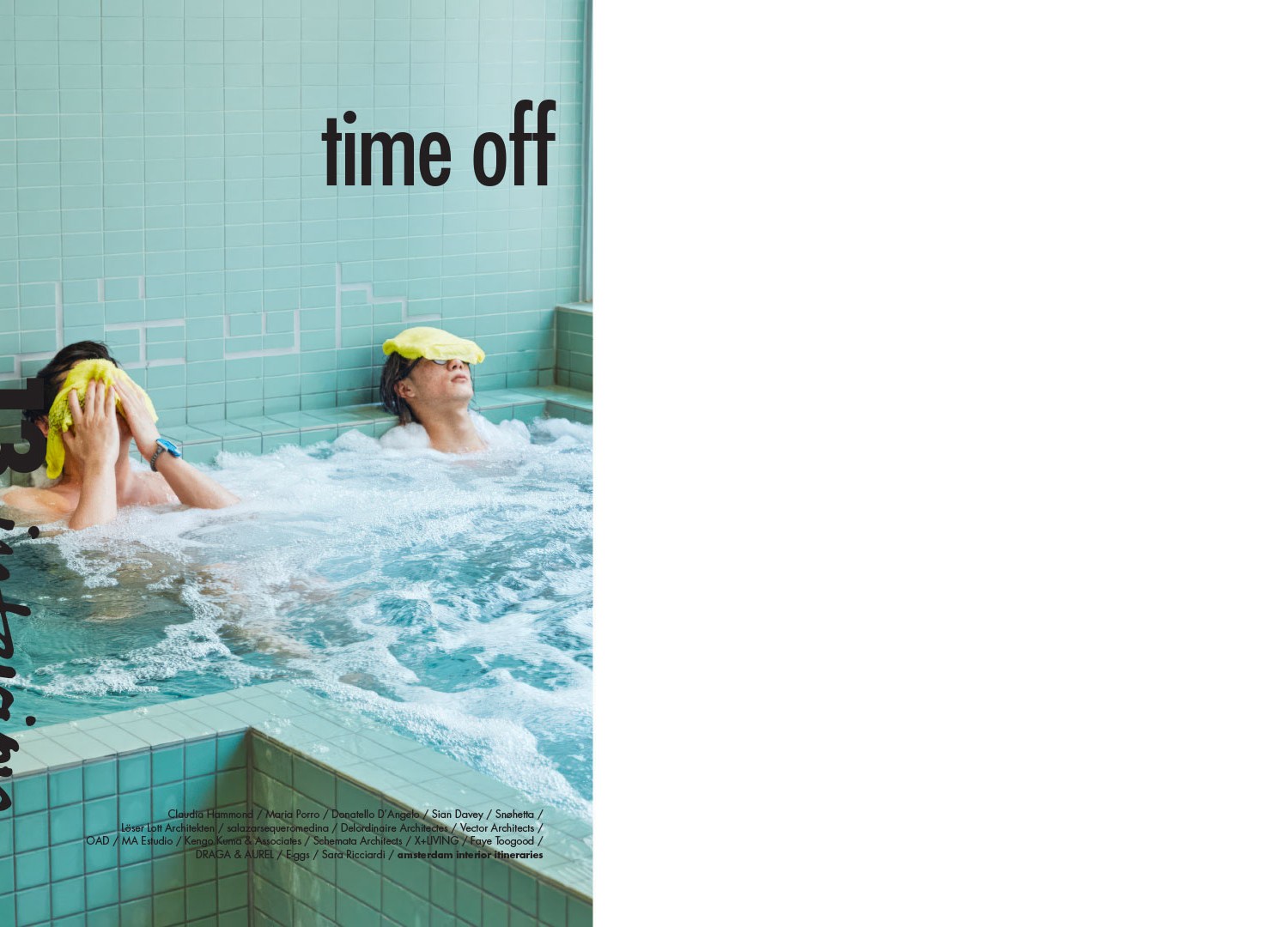
It is only in the last decade or so that we have learned once again to appreciate the value of relaxation. We could probably say that the end of the last millennium coincided with the exaltation of hyperactivity, multitasking, and the idea favored by Stakhanov that there was nothing finer in life than to devote oneself to productive busyness, all the way to the limits of exhaustion, almost as if work were the only thing we should ever aspire to. There was a widespread idea in the past that everything had to move quickly and that work, both in the Marxist concept – where labor was the means of social advancement – as in the capitalist ideology – where it was the means of producing wealth and thereby achieving social status – was the central focus of life with respect to the desires and expectations of individuals.
This cultural viewpoint held throughout the 20th century until its epilogue, then began to lose some of its luster as we began to understand the value of what the Romans indicated as free time after business – negotia – to be devoted to the equally important occupations of study and meditation – otium letterarium – for the satisfaction of our personal, physical and intellectual needs. However briefly and synthetically, these considerations can help us better understand the applicability to our current mindset of the ideas so eloquently expressed by Bertrand Russell in his essay “In Praise of Idleness“, where he stresses the value of knowledge with respect to practical activities. This type of cultural orientation is of great importance in determining the characteristics and opportunities offered by our homes and. with regard to strategic political choices, in the urban environment, in defining the priorities and infrastructures devoted to social needs. In addition, also in the private sphere, the development of an economy derived from the construction of places devoted to leisure time, meditation and study – even outside of the traditional educational perimeters – to wellness and care of the body in general, is the natural consequence of an expansion in the development of architecture and spaces designed specifically to ensure an improvement in the living conditions of individuals in search of a comfortable lifestyle whose importance, especially after the recent pandemic, we finally perceive in full. This change is reflected in the renewed interest in infrastructures like hot springs, once built mainly for health treatments and now devoted almost exclusively to the ideal of wellbeing and psycho-physical relaxation. But the entire design sector is undergoing a transformation influenced – inevitably and inescapably – by the cultural movements that have confirmed the fundamental value of psychological and physical wellbeing as directly reflected in life expectancy. We have already learned, to our sorrow, that the opposite of relaxation is stress, the worst enemy in any study on longevity.
Download cover
Download table of contents
Download introduction of Marco Casamonti


